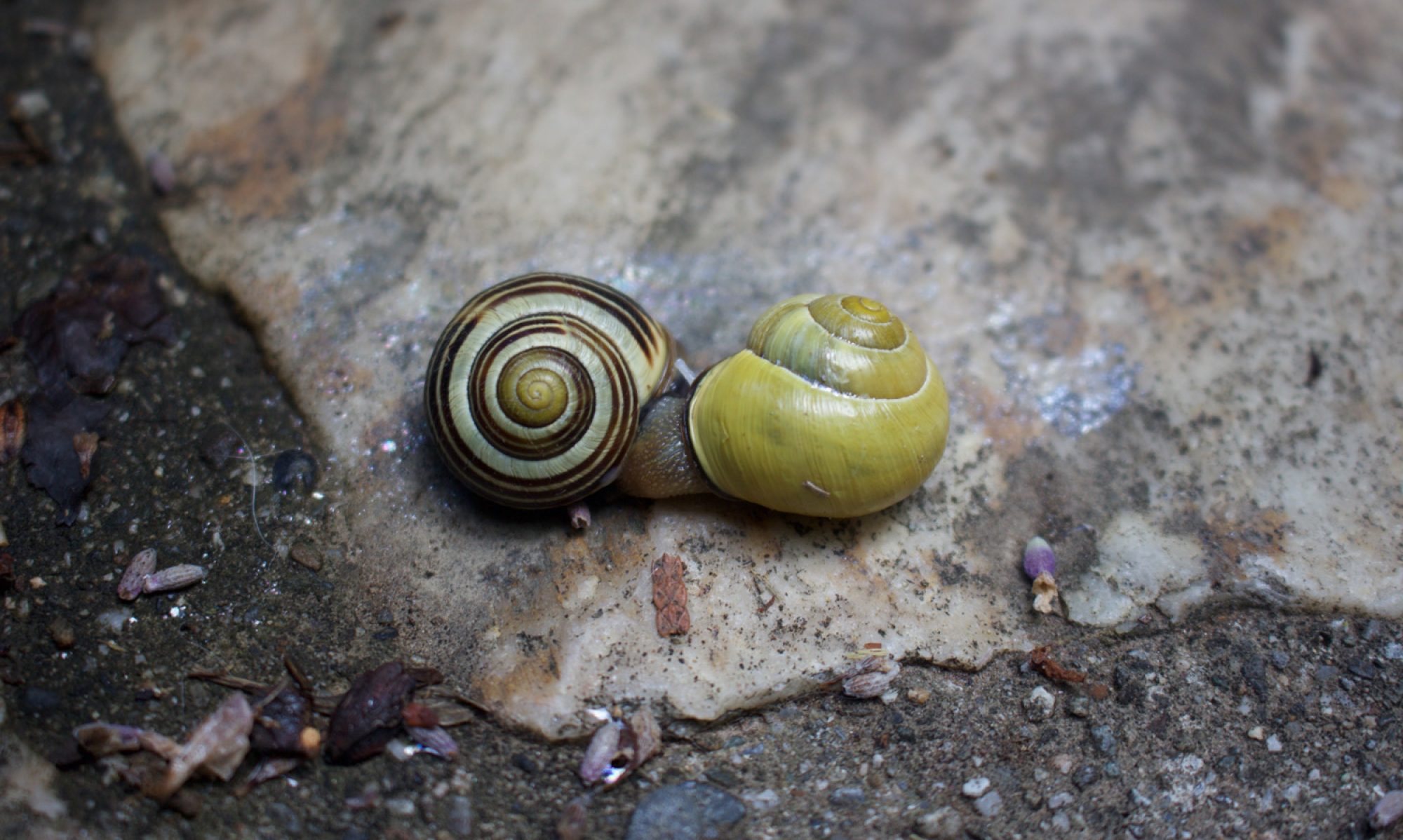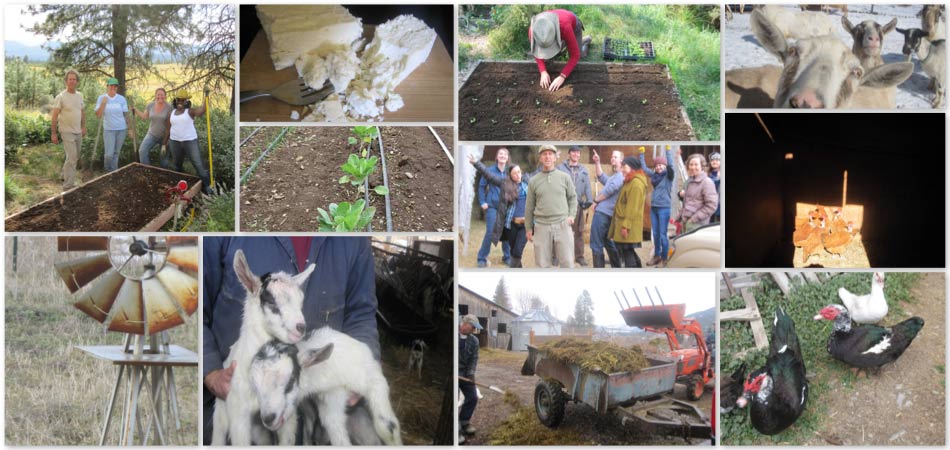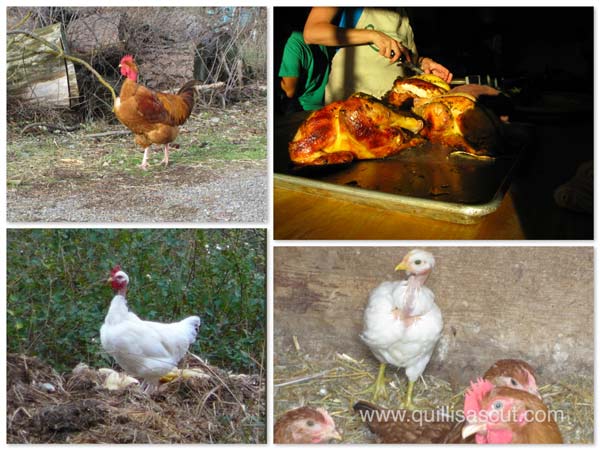Introduction to Small Acreage Sustainable Farming
April 30 to May 4, 2014 at Quillisascut Cheese Company
Interested in getting your hands in the earth and your feet on the ground? Learn from experienced value-added producers through a hands-on, multidisciplinary, immersion course in small scale sustainable farming!
This course offers a unique opportunity to spend time at Quillisascut, a picturesque goat dairy located 85 miles northwest of Spokane and 45 miles south of the Canadian border. Lora Lea and Rick Misterly, operators of Quillisascut, have been milking their goats and producing their artisan cheese on 36 acres since 1987.
This fun, informative, and inspiring course will give you actual hands-on farm experience while you gain awareness of the skills necessary for successful farming.
Gain experience in:
– gardening
– composting
– building a raised bed
– transplanting garden starts
You’ll also learn about small livestock care, how to milk goats, how to make four types of cheese, and more.
Leave with the skills to assess your farm goals, personal strengths, soils and site, and product marketing models.
Tuition is $895 includes food, lodging, course materials, and farm tours (transportation to and from the course not included). Early Bird Discount $795 sign up by April 1
For more information or to sign up for this course, visit
https://quillisascut.com/workshops/intro-to-farming/
Or contact Hannah Cavendish-Palmer, WA Program Coordinator at hacp@wsu.edu
For more information about Cultivating Success™, visit the website at www.cultivatingsuccess.org
This program is supported by the Beginning Farmer and Rancher Development Program of the National Institute of Food and Agriculture, USDA, Grant #2012-49400-19575. To find more resources and programs for beginning farmers and ranchers please visit www.Start2Farm.gov.



